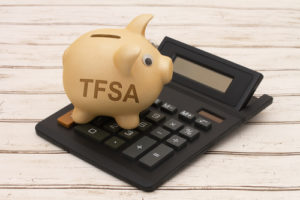Achieving financial independence often comes with dreams of a big house on a quiet cul-de-sac with plentiful space and bedrooms for the family. But during a worldwide pandemic, many homeowners have sought to simplify their life and downsize their primary residence.
To help demonstrate what downsizing may look like, we asked homebuilders and homeowners about the steps they would recommend taking if they were to downsize a home.
Here are seven steps to downsizing your home:
- Right-Sizing
- Accessibility
- What Items Do You Use to Support Your Habits?
- Do The Hard Things
- Have a Financial Plan
- Don’t Get Sentimental
- Keep Things Only if They Bring You Joy
“Right-Sizing”
At Cullum Homes, instead of downsizing, we call it “right-sizing”! We have been designing and building lock-and-leave luxury homes in this specialized niche market for many years. Steps we would recommend include (1) free yourself from a large lot, pool, landscaping, etc. and the endless expense, upkeep, and maintenance they require, (2) consider a private, gated community with resort access and/or amenities that are maintained by someone else, and (3) before making the move or having a new home built, give careful consideration to the rooms and spaces you want now and might need or want in the future. Don’t become so focused on cutting space that rooms become unworkable. We have actually had clients that cut out too much space, only to return and have us add on later, or build them another larger home! — Rod Cullum, Cullum Homes
Accessibility
As a company that specializes in accessibility lifts, many of our customers are either looking to downsize or reduce the impact of mobility challenges in their homes. Many of our customers find that adding accessibility to their existing home allows them to remain comfortable and surrounded by the things that are important to them. This is often the easiest way to simplify your life. If you do need to downsize, a stair lift can make an in-law suite readily accessible. — JJ Hepp, Arrow Lift Stair Lifts
What items do you use to support your habits?
Having recently downsized our home, we took stock of how we spend our time and what we use in support of our habits. This made donating and discarding unwanted items a lot easier. We also looked ahead at the space we were moving into and how our current furniture and other items would help make this smaller space as efficient as possible. In hindsight, we spend less time maintaining our space and have more free time and a better quality of life. — Steven Brown, DP Electric Inc
Do the hard things
The reality of downsizing a home is that homeowners have less storage space and less living space. Getting rid of things is hard. Doing Goodwill drop-offs or posting items on OfferUp means saying goodbye to lots of memories. But, making the hard decision to part ways with items opens up an opportunity to say hello to a new lifestyle with reduced upkeep and increased savings. Do the hard things that come with downsizing, and your lifestyle will benefit as a result. — Brett Farmiloe, Real Estate SEO Company
Have a Financial Plan
Whenever downsizing is brought to the table, it can be a phenomenal experience. It is quite surprising to learn how you can function on a lean basis, void of clutter and unnecessary items. Continue Reading…






